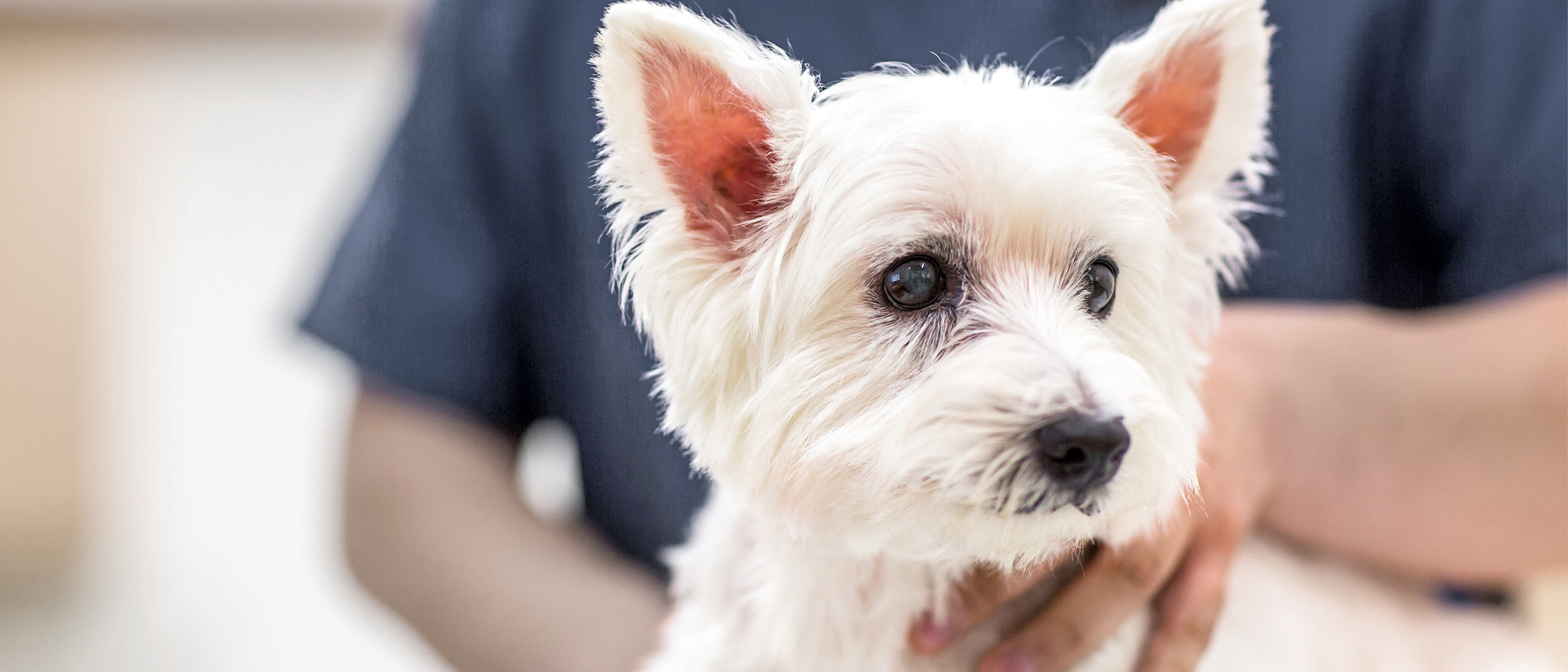When to spay a female dog?

Having a female puppy spayed is a common procedure, but it’s not a decision you should take without knowing all the facts. There are lots of benefits to having your puppy spayed, yet it can also have immediate effects on her behaviour and, in particular, her nutritional requirements.
What is spaying?
Spaying is a term used for when a female puppy gets sterilised. Some people also use the term ‘neutered’, although that’s more commonly used for male puppies.
What happens when I get my puppy spayed?
When your puppy is spayed, she undergoes a medical operation conducted by a vet. The vet removes the puppy’s ovaries. Depending on the veterinarian's recommendations and assessment, removal of the fallopian tube and uterus may take place. Spaying renders a female dog unable to reproduce and eliminates her heat cycle.
When’s the best time to get my puppy spayed?
If you decide to spay your puppy, it should be before puberty at around six to nine months. Large and giant breeds mature later than smaller dogs, so the best time for them to be spayed is when they are a little older. Your vet will be able to advise you on the best time to get your puppy spayed.
For female puppies, it’s important she isn’t spayed before the age of three months, as this can lead to health complications later on. However, if you get your puppy spayed before she’s four years old, it can have the added health benefit of reducing the risk of uterine infection.
What are the benefits of spaying my puppy?
There are lots of positive aspects to having your puppy spayed, both to her health and wellbeing and to your home environment.
- It significantly reduces the likelihood of male dogs marking your garden when your female puppy is in heat
- It can eliminate or reduce certain tumours, including those in the mammaries, ovaries and uterus
- It prevents unwanted litters
How will her behaviour and nutritional needs change when spayed?
As with the neutering of male dogs, spaying your female puppy will change her behaviour due to the changes in her hormones and metabolism. She will no longer come into heat and the behaviour associated with that – such as restlessness or calling – should also disappear. Her dietary requirements will also change.
If you do decide to get your puppy spayed, it’s essential you’re aware of her altered nutritional needs. After the operation, your puppy can gain weight over just a few weeks or months, as her metabolism has changed significantly. It’s important to speak to your vet about the weight your puppy should be, and how to adjust her food intake to account for the spaying. You should also give her a specially-designed food for spayed dogs which has the right nutritional balance she needs.
Spaying your female puppy can bring her – and your home environment – multiple benefits, but it’s a decision you shouldn’t make quickly. If you have any questions, ask your vet who will be able to help.
Related Articles
Tailored nutrition for your puppy
A range of formulas that help build their natural defences, support healthy growth and digestive system development.
Like & share this page